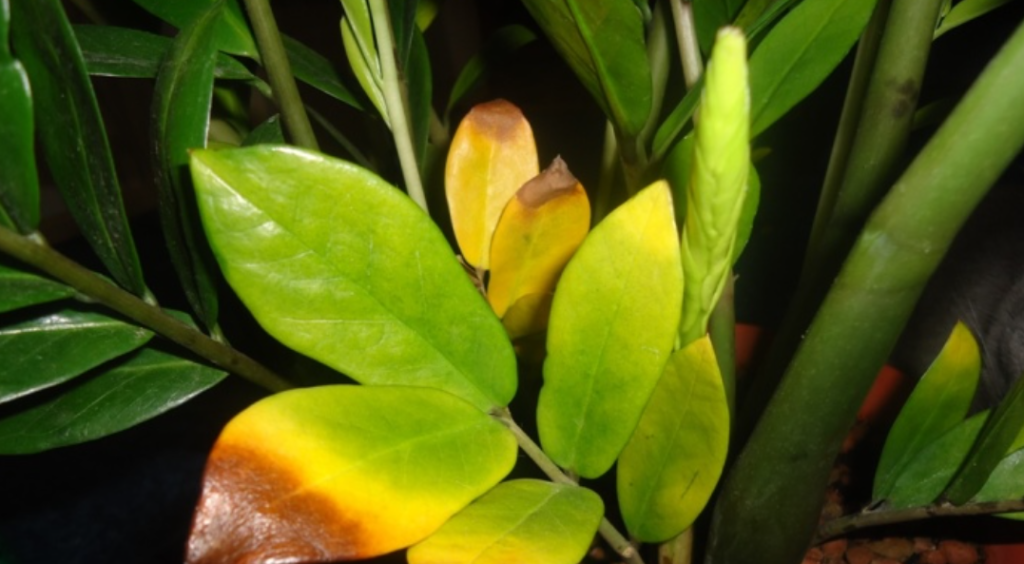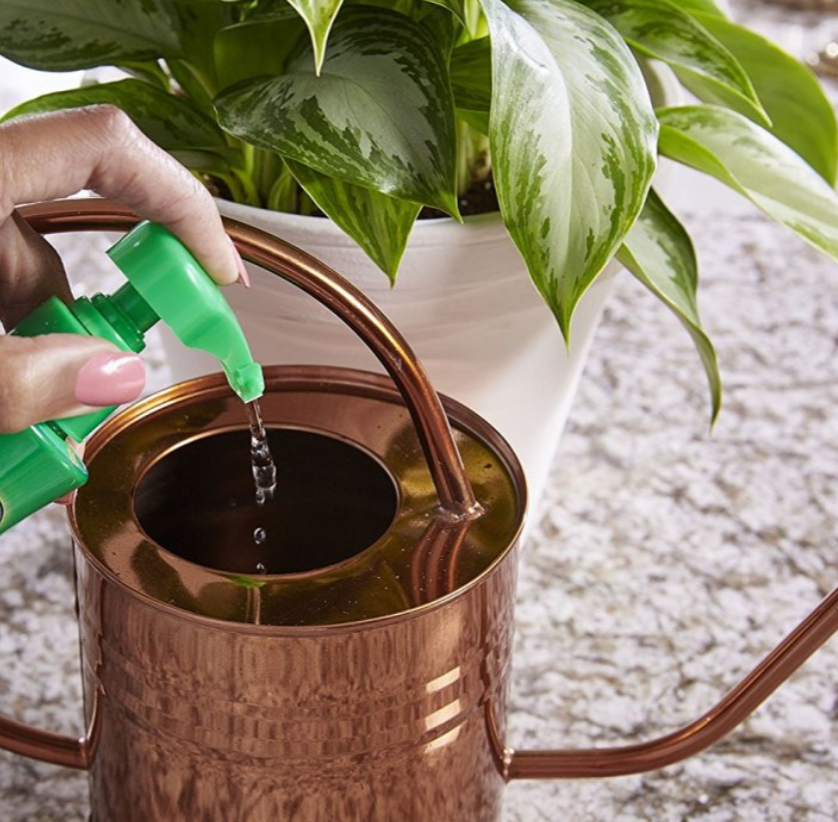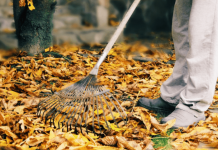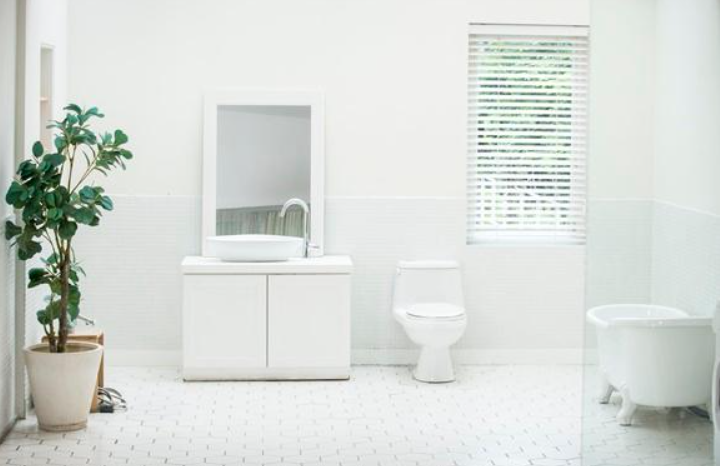Leaf yellowing, House plants
Often avid gardeners and in the apartment you can see a whole collection of indoor plants, pleasing to the eye all year round. Most of them are natives of hot countries and therefore need to create and maintain certain conditions. Sometimes something goes wrong, and our beauties from window sills leaves start to turn yellow, and even fall off.
Yellowing of the leaves of houseplants can be caused by several things. Sometimes the cause is obvious. This means that you can diagnose and correct it right away. There are other cases where the problem is close to a mystery. In that case, you will have to make changes one at a time until the condition of the plant improves.
Even after fixing the problem, the yellow leaves will likely fall off over time. When the plant regains health, it may fill up with new leaves during the next growing season. don’t worry.
Growing plants is always a matter of perseverance. Address common causes of leaf yellowing and do what you can to make a difference.
Causes of leaf yellowing



1. Moisture stress
Overwatering or underwatering most often occurs when a plant’s leaves turn yellow. It is important for potted plants to get exactly the amount of water they need.
If you have plants with yellow leaves, check the soil in the pot. Are you dry? are you wet?
If the plant is not getting enough water, it will drop its leaves to prevent evaporation (essentially a method of sweating the plant). The leaves usually turn yellow before dropping. If the soil dries out and this happens, it is important to establish a regular water cycle for the plant.
Too much water can damage the leaves. If the soil is poorly drained, excess water can seep into the soil and cause roots to escape. Without oxygen, the roots begin to die off.
2. Normal Aging
As many plants age, the lower leaves turn yellow and fall off. This is simply a normal part of growth. This is especially true for deciduous plants such as diffenbahia and dracaena, which are popular types of indoor plants.
In this case, don’t worry. If the plant becomes too cluttered, try shortening the stem to grow new stems and bushes.
3. Cold draught
Cold drafts in tropical plants often cause leaves to turn yellow and fall off. This is different from short-term exposure to extreme cold, in which pale, transparent spots appear between the leaves or between the veins.
If you are near air conditioning in summer or with a draft in winter, move to a less noisy place. Watch for the yellow leaves to spread further. It’s also a good idea to obscure the tropics you’re driving through to increase humidity.
4. Lack of light
Plants that get too little light often begin to turn yellow on the lower leaves before they even fall off. If this is your problem, here are some tips you may find.
Plants that are yellow due to lack of light usually appear yellow from the side of the light source. For example, leaves near a window let in all the light and cover the other side.
In this case, move the plant to a brighter location to check the location of the plant. If window light in your home is difficult (especially in the winter), you may need to install two or two artificial plants.
5. Lack of nutrients
The leaves of the plant can also turn yellow if the plant is not getting all the nutrients it needs. This can be caused by drinking hard water or by an excess of calcium in the case of a nitrogen deficiency.
If this is a problem, the top leaves of the plant may turn yellow for the first time. In other cases, the phenomenon of yellowing may show an unusual pattern. For example, the blood vessels may remain dark and the tissue between them may turn yellow.
The nutrients the plant needs vary from species to species, and some are more varied than others. It is important to properly diagnose and diagnose the problem. Otherwise, it can kill the plants, which will bring them back to a healthy state.
6. Viral infection
If the plant is infected with a viral infection, smears of yellow spots may appear on the leaves throughout the plant. This may be accompanied by discoloration of the flowers as well as deformed leaves and stems.
Viral plant infections are incurable and can infect all susceptible plants nearby. This can be painful if you like it, but give up any plants you suspect are infected. Wash and sterilize pruning tools or pots before using them on other plants.
- Yellowing of the leaves of your green pet should not go unnoticed.
- A normal, healthy plant looks vigorous, has good leaf turgor and shines with beauty.
- And the key to all this is knowing and following the agronomic practices of each crop.
- If your plants are signaling a problem with a change in color, you need to find out the cause and help them.






